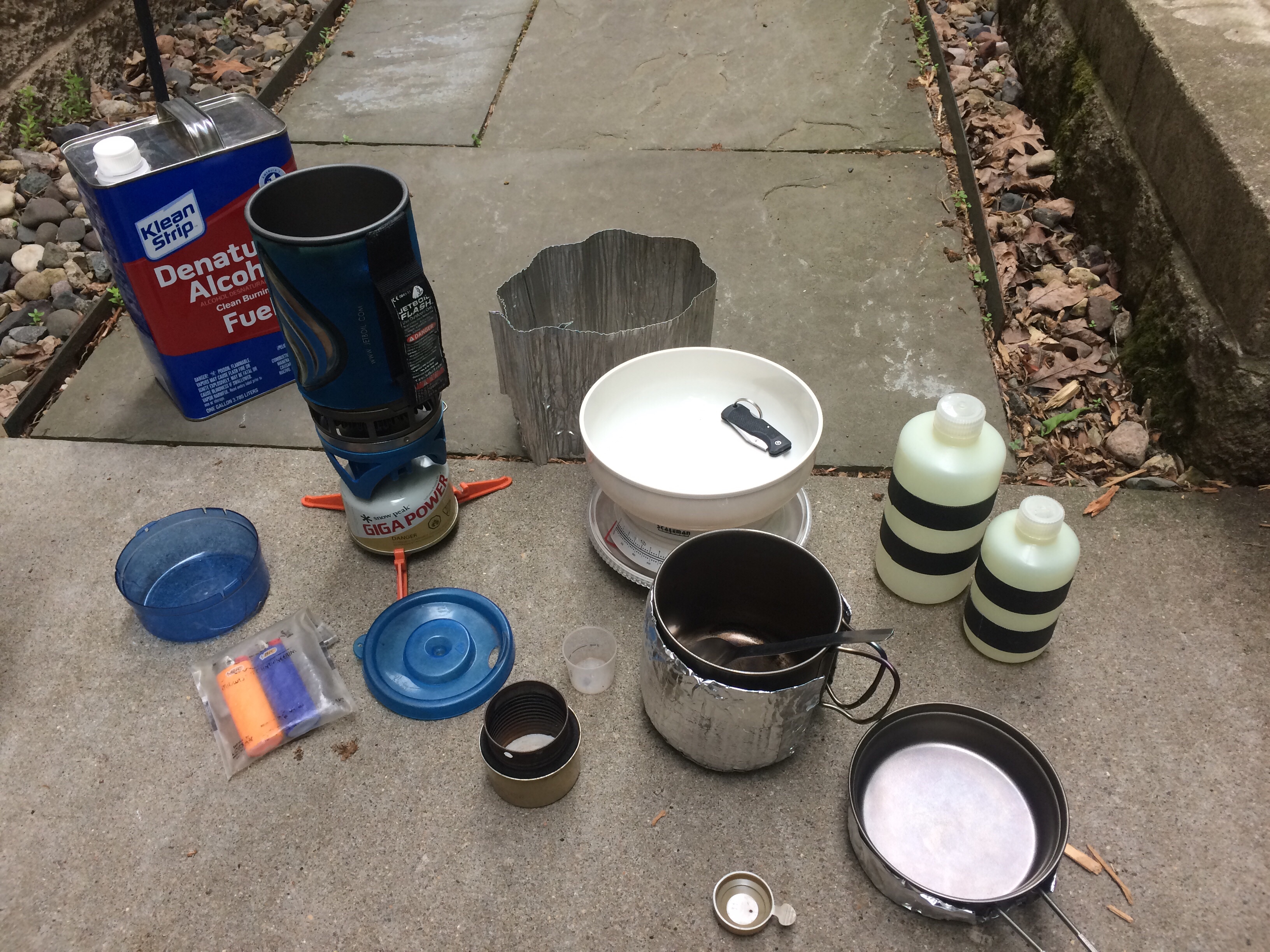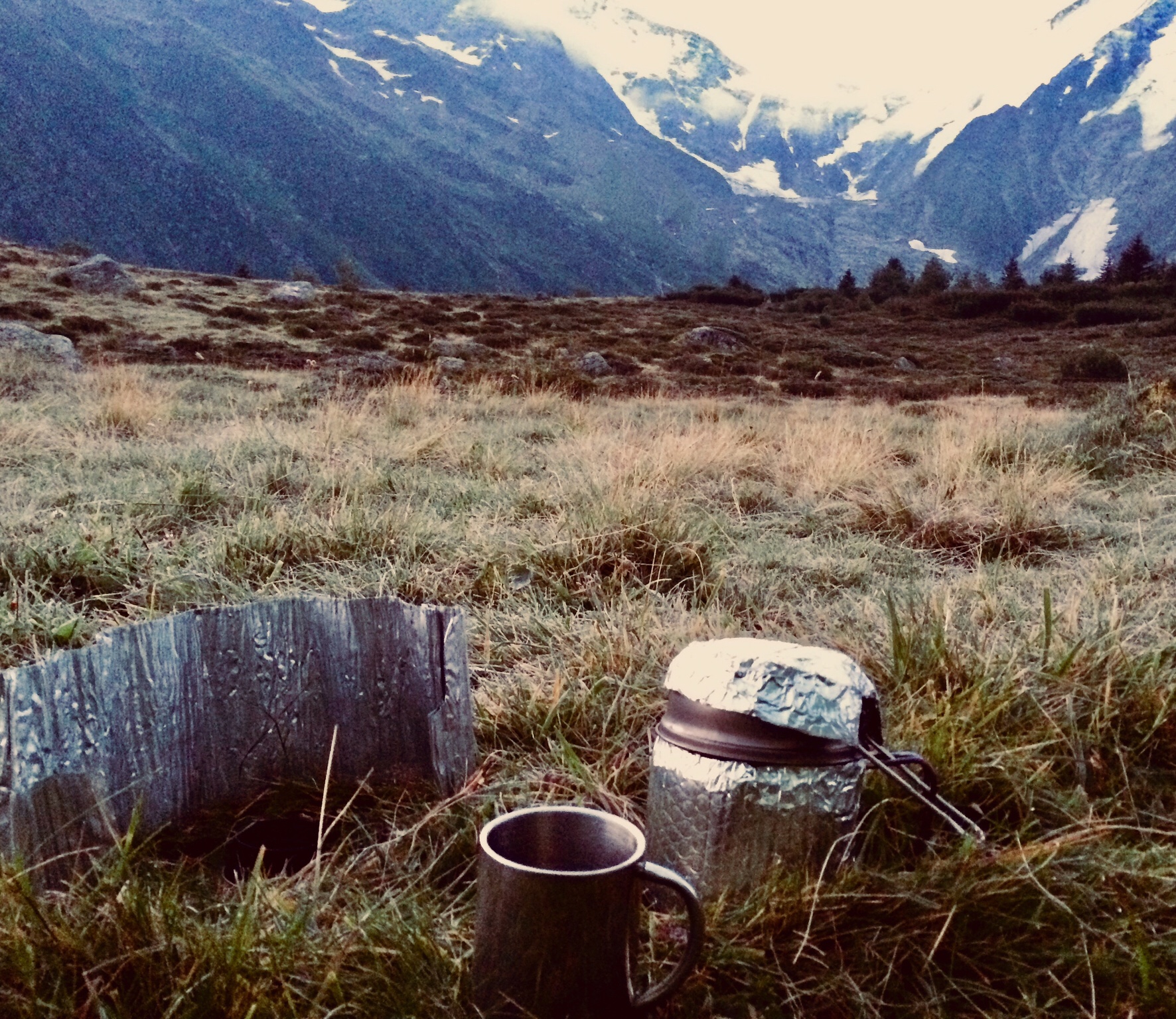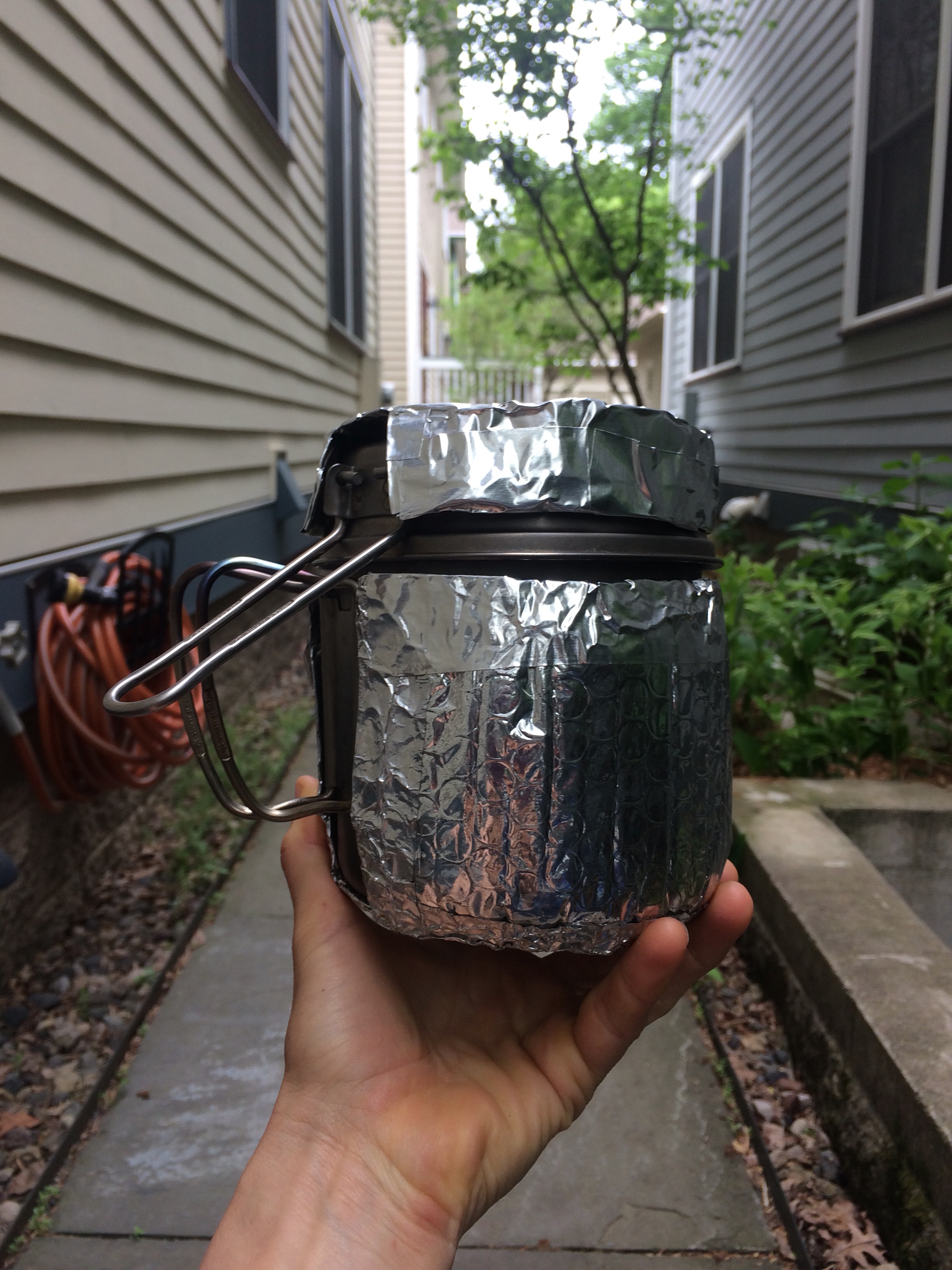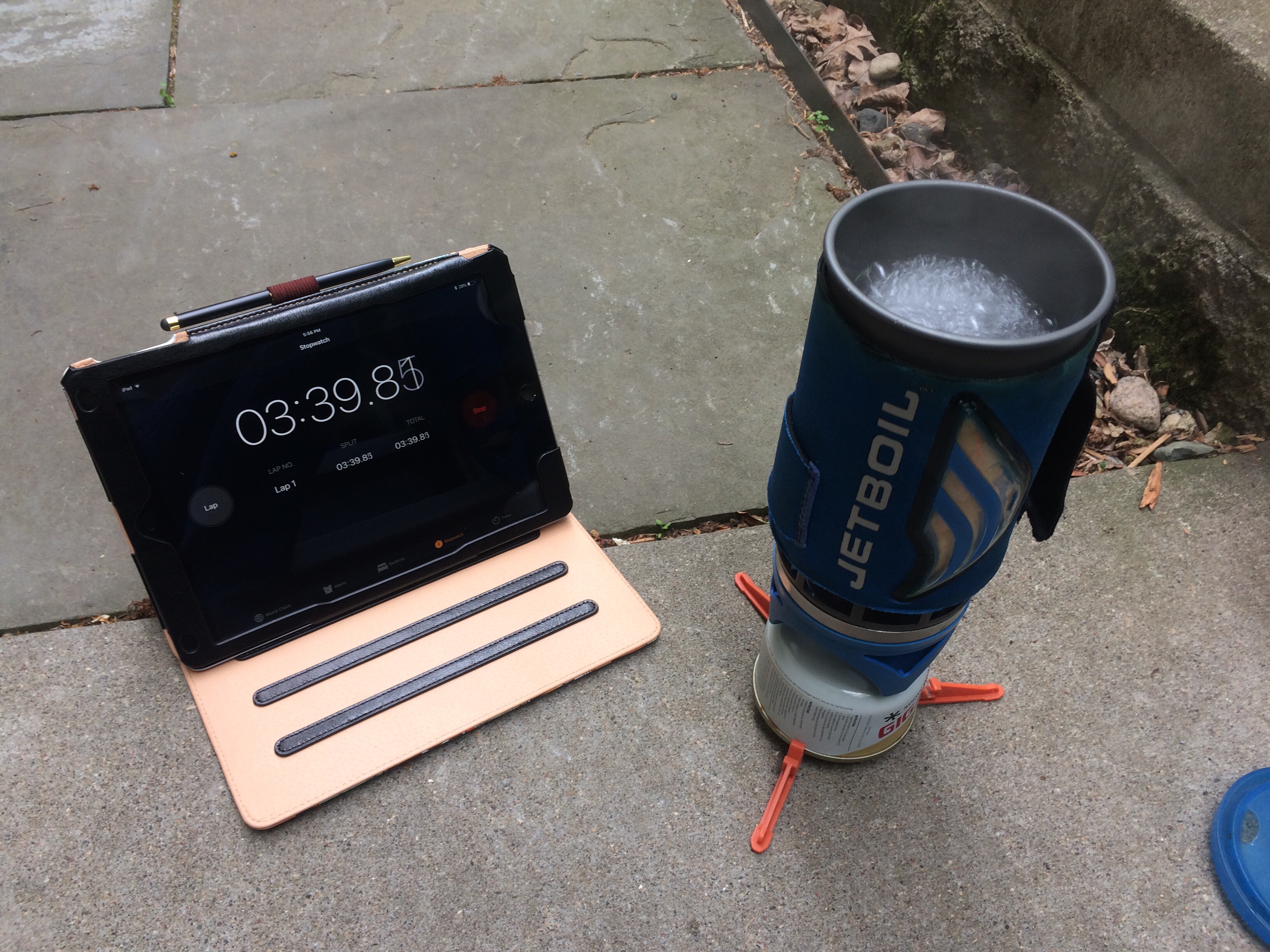I leave for Northern England and the Coast-to-Coast in six days and until a few moments ago, I was still ambivalent as to which stove to bring. A little scientific research made for an obvious winner

Carry as little as possible, but choose that little with care.
– Earl Shaffer
On a week’s long walk of the Superior Hiking Trail several years ago, my hiking partner required lots of stopping on ridges to sketch and paint as well as to partake of a spot of tea. His paintings were nice, but what impressed me most was the lack of fuss as he heated up water.
Just take a look at my tent, and you’ll understand that I am a gal who prefers the fewest moving parts and accessories possible. The Jetboil was love at first sight. Compact, lightweight, and easy to use, I soon had my own, putting her through her paces on the John Muir Trail, the Drakensberg Traverse, Paria Canyon and numerous shorter walks.

But several backpacking friends scoffed, assuring me I could make my own stove for pennies, it would weigh less than an ounce and it would burn clean. One friend, composer and avid backpacker Jake Runestad, showed me how to make a cat stove, a kind of can-within-a-can wrapped in carbon felt. I happily took this mini contraption to France for the traverse of the Alps on the GR5, though it took me a few days to ascertain where to buy fuel – known in France as alcool à brûler. I felt kinda dumb once I realized it’s ubiquitous, used everywhere to keep fondue melty.

Another backpacking pal helped me make a space-age cozy out of pipe insulation, best for getting my one-pot meals to rehydrate. Life was good that summer and the cooking was quiet. But since that trip, my mini stove has not been used at all and I here I am, needing to decide which will go on this trip.
So today, I did a scientific experiment with some surprising results:
cat stove deets
- 3 oz cat food can lined with carbon felt, 6 oz tomato paste can with both ends cut out and three air holes near bottom nestled in the felt plus a plastic cough syrup measure – 1 oz
- 16 oz nalgene – empty 3 oz, full 16 oz – lasts 5-6 days
- wind screen – 1.5 oz
- titanium pot, 25 oz – 5 oz, with cozy – 6.5 oz
total: weight and volume 25 oz
advantages: burns clean, cheap fuel can buy anywhere, no canister to recycle
disadvantages: need to burn all alcohol, can’t simmer, slow cook time, open flame
Jetboil deets
- Stove, cup, platform, lid – 15 oz
- Fuel, 4oz canister – full 6.8 oz – lasts 5-6 days
total: weight 21.8 oz, volume 33 oz
advantages: fast cook time, all-in-one design including cozy, canister fits in pot
disadvantages: loud, have to carry empty canister, lighter breaks easily, hard to find fuel in some parts of the world
Misc:
- lighters/case – 2 oz
- long handled spoon – 1 oz
- single blade – 1 oz
…and now it’s time for the cook test!
Jetboil brought two cups of water to a rolling boil in under four minutes!

The cat stove didn’t perform quite as gloriously. It took eight minutes to get two cups of water just shy of boiling, only to the point of kinda bubbling.
Wow.
Well, for me on this hike, it’s pretty obvious. Coming in at a lower overall weight and higher volume plus Roger Bannister record boiling time, the winner is the Jetboil.
And you never know, I might need a large enough cooker to entertain any hikers I might meet brave enough to test my Whole30 compliant backcountry cooking!


4 Responses
forgot the link 😉
https://torpetstankar.wordpress.com/2017/04/21/outdoor-gear-our-picks/
thank you!!
Maybe you are out there doing one feet before the next
shoulders down-and back, head ahead – having all time in the world to take in-the …world
Found that side of yours-with the check list, and feel that twin feeling when it comes to investigating and curiosity
Here I write about stuff I use and a stove/kitchen/fuel test I did
Sweden is hot now-and exceptional dry dwells are loosing ability many places, however in the greenhouses here the tomatoes and the grapes invades the space
Looking forward to hear about your reflections from the walk
All the best!